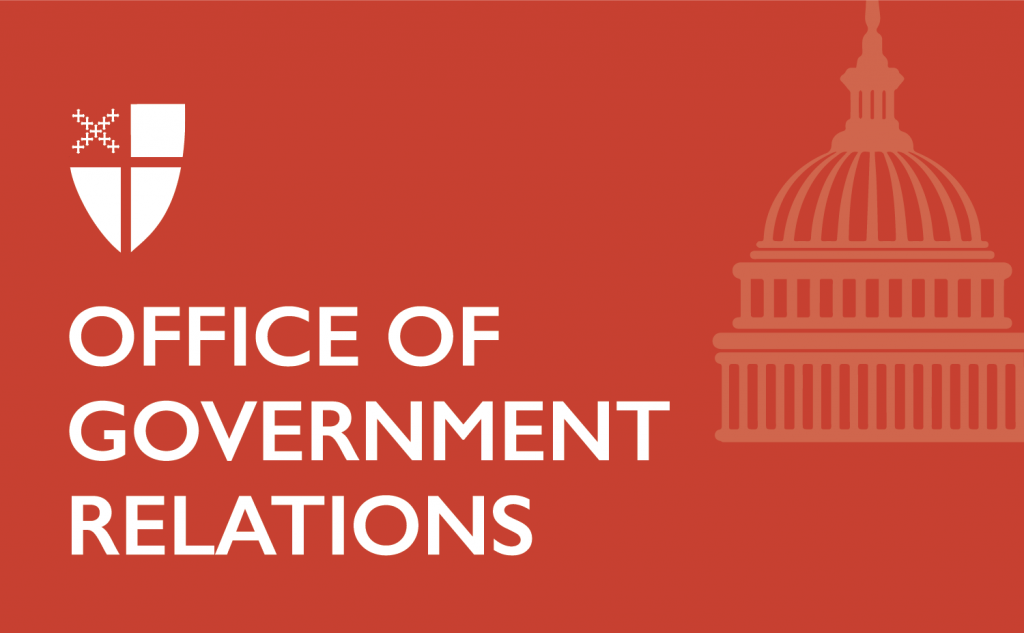EPPN Census Series: Why We Count
Take the 2020 Census Online Now!
The Episcopal Church urges all Episcopalians to take part in the 2020 United States Census. As an official partner, The Episcopal Church pledges to help the U.S. Census Bureau get a complete count and to help people to understand why it is so important. Starting today and for the next five weeks leading up to Census Day April 1st, we will share information about the ‘what’, ‘how’, and ‘why’ of the U.S. census in our communities and in our nation.
The census is a constitutionally-mandated survey, carried out every ten years, to count everyone in the U.S. exactly once and in the right place (where they usually live) and to gather important demographic information. The data from the 2020 Census will influence how an estimated $675 billion in federal funding will be allocated. Census data also guide decision-making at the state and local level and provide useful information for the private sector. An accurate census count means that resources will go to the communities that need them, and government programs and services can be more responsive.
The census data determine the apportionment of Congressional seats—in other words, the number of representatives each state will have within the House of Representatives. Apportionment allows Congressional representation to reflect the American population. Following the 2010 census, 8 states gained representatives and 10 states were allocated a smaller number of representatives.
The Episcopal Church, and other religious denominations, through the ministries we lead in our communities are well situated to reach historically hard-to-count populations, a critical goal of the Census Bureau. These groups include people experiencing homelessness, people who move frequently or live in nonstandard housing, racial and ethnic minorities, children, non-English speakers, LGBTQ people, people with disabilities, and immigrants.
These are all neighbors in our communities, and taking the census ourselves and helping others take the census is not just a selfish act but an act that can help our elderly neighbors get the services they need. It helps our children benefit from free or reduced lunch programs and access to funding opportunities for education. It ensures all of us can get representation in Congress we deserve.
Research shows that someone is more likely to take the census if they hear about it from someone they trust. Consider how you can encourage participation in the 2020 Census not just in your pews but also through the ministries in your congregation and in the wider community. You can also join a regional Complete Count Committee to connect to nearby staff and volunteers helping to get an accurate count.
Many homes in America will receive an invitation to complete the census in mid-March, and the census can be completed online, by phone, or by mail. April 1st is Census Day, and when filling out the census form, you record where you live and how many are living in your home on that day. From May to June, census workers will begin visiting homes in person of those who have not yet filled out the census.
For more information on the timeline of the U.S. Census and what to expect, check out these important dates.
Over the next installments of this series, we will be going into detail about some of the federal programs that are impacted by the census data. We will conclude this series on April 1st, Census Day, to mark this important reference point in the process.
Additional Resources
Census Series Week 2: Healthcare
Census Series Week 3: Education
Census Series Week 4: Social Safety Net Programs
Census Series Week 5: Businesses & Infrastructure
Be sure to come back to our Civic Engagement webpage for more updates throughout 2020, and don’t miss our Census Engagement Toolkit!
Work on this 2020 Census Series was led by Blair Hood, policy intern, Office of Government Relations
Contact:
The Office of Government Relations
eppn@episcopalchurch.org

